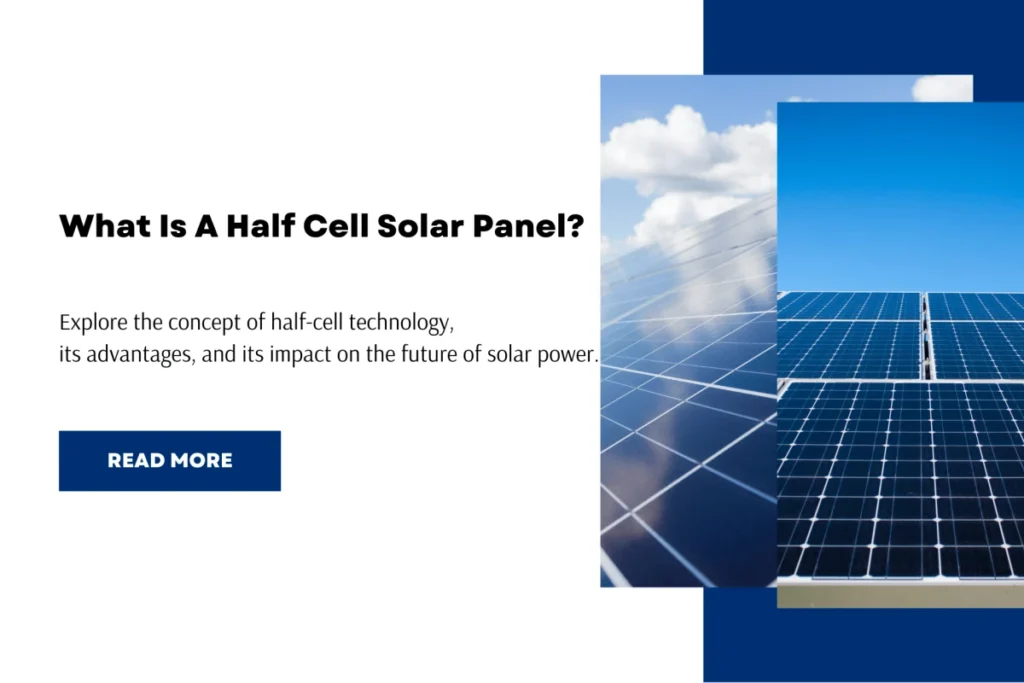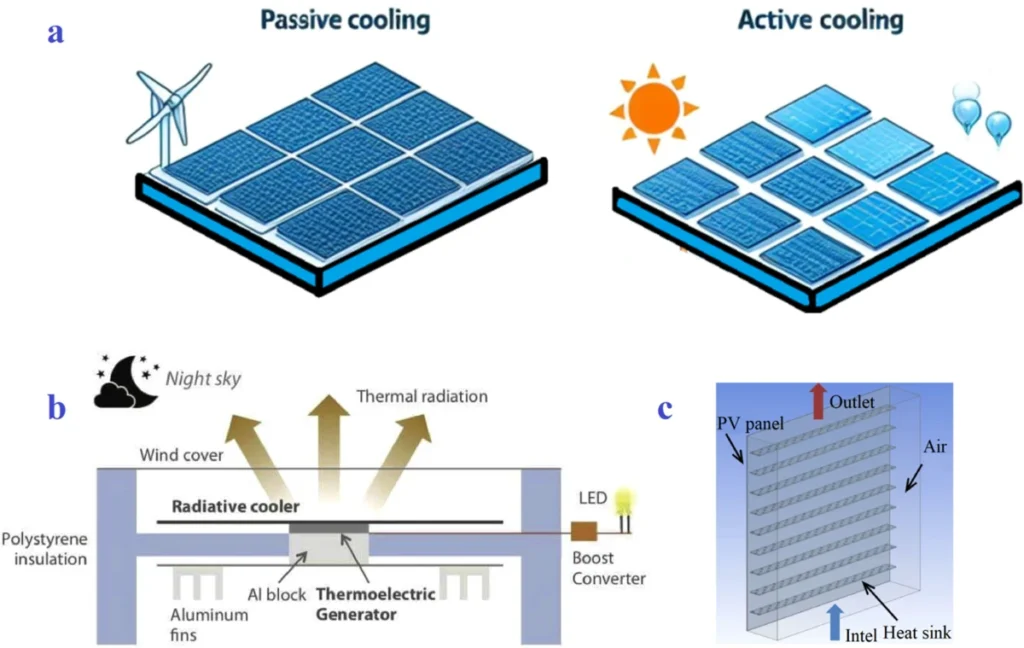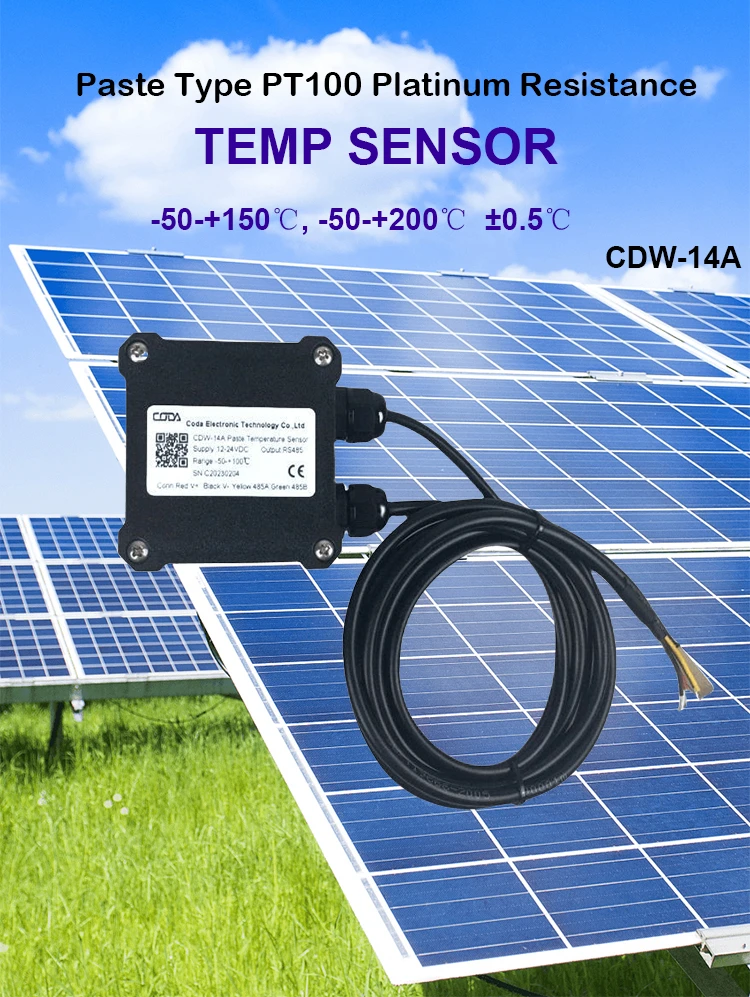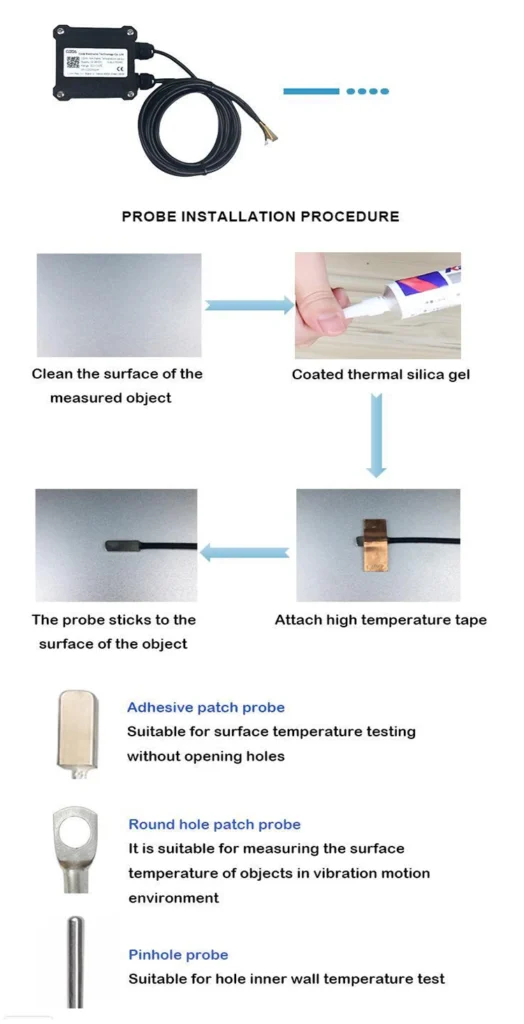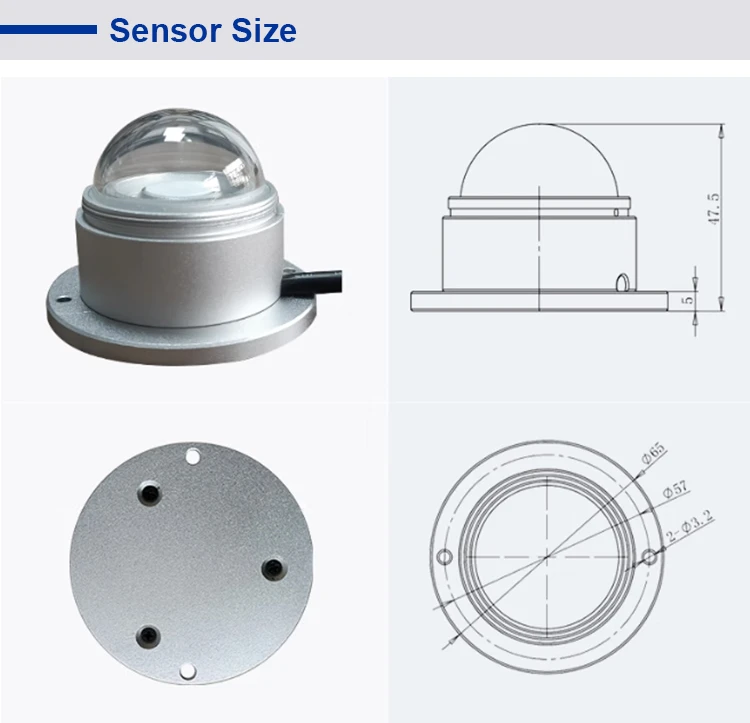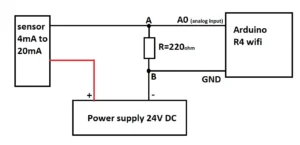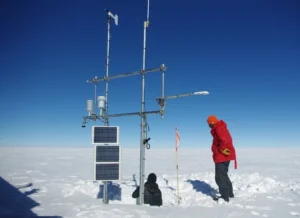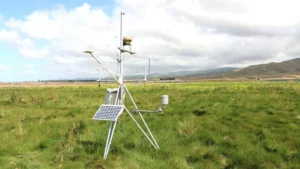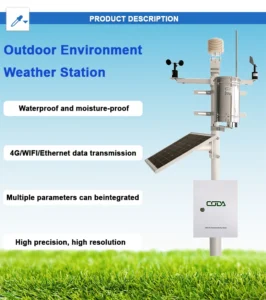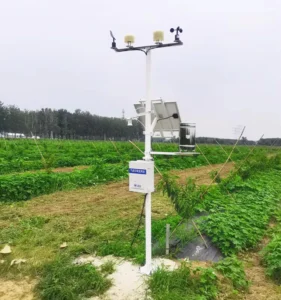Does Temperature Affect Solar Panels?
Introduction
Solar energy is now one of the best sources of renewable energy. It helps fight climate change and supports clean energy. Solar panels are important for turning sunlight into electricity. You can now find them on rooftops, in solar farms, and in many other places.
However, like many electrical devices, environmental factors affect solar panels. Temperature is especially important in this process. It is important to know how temperature impacts solar panels.
– It helps us make solar panels work better.
– It predicts how much energy they will produce.
– It ensures solar energy systems succeed in the long run.
How Solar Panels Work
Before we look at the effects of temperature, we need to understand how solar panels work. Manufacturers make solar panels with many photovoltaic (PV) cells. Engineers often use semiconductor materials, especially silicon, to make these cells.
When sunlight hits the PV cells, the semiconductor takes in photons from the light. This absorption excites electrons and frees them from their bound states. This process makes pairs of electrons and holes.
An internal electric field in the PV cell separates the electrons and holes. It pulls the electrons to one side and the holes to the other. This separation of charges creates a flow of electrons. This flow is called electric current.
Connecting several PV cells in series or parallel in a solar panel helps generate a lot of electrical power. When you connect several panels in an array, it boosts the maximum power output for various uses.
The Impact of Temperature on Solar Panel Efficiency
Decrease in Efficiency with Rising Temperature
Experts often rate solar panel performance based on their efficiency in standard test conditions (STC). These conditions include a light level of 1000 W/m², a cell temperature of 25 degree celsius (77°F), and an air mass of 1.5. In real life, the temperature of solar panels can change a lot. They often get much hotter, especially in sunny and warm places.
As the solar panel temperature increases, its efficiency tends to decrease. This is mainly because of changes in the electrical properties of the semiconductor material in the PV cells. When the temperature goes up, the bandgap of the semiconductor material decreases.
The bandgap is the energy production difference between the valence band and the conduction band. Thermal energy can make more electrons excited, even without photons. We call this process making carriers through heat.
This process creates more “free” electrons and holes in the semiconductor. However, it also lowers the voltage that the PV cell can create.
The power output of a solar panel comes from voltage and current. This can be shown with the formula P = V × I. If the voltage goes down, the current might not rise enough or could even drop a bit because of temperature effects. This leads to a lower overall power output and efficiency of the solar panel.
People often talk about how efficiency drops with temperature. This is called the temperature coefficient of power. Most common silicon-based solar panels have a power temperature coefficient of about -0.3% to -0.5% per °C.
This means that when the temperature goes up by 1°C degree above 25, the solar panel’s power output decreases. The drop is about 0.3% to 0.5%.
Impact on Current and Voltage
Temperature affects how solar panels work with current and voltage in different ways. The short-circuit current (Isc) of a solar panel is the highest current it can produce when short-circuited. This current usually gets a bit warmer as the temperature rises.
The extra heat makes more electrons excited. This means there are more charge carriers available. However, this rise in short-circuit current is small compared to the drop in open-circuit voltage (Voc). Voc is the highest voltage the panel can produce when there is no load connected.
The open-circuit voltage drops a lot as the temperature goes up. The bandgap of the semiconductor material gets smaller at higher temperatures. This leads to a lower voltage across the PV cell.
The drop in open-circuit voltage has a big impact on the power output of the solar panel. This is because power output relies heavily on voltage. This is especially true in a solar system where the load or other factors limit the current.
Other Temperature – Related Effects on Solar Panels
Thermal Stress and Degradation
Changes in temperature can cause solar panels to experience thermal stress. During the day, solar panels heat up, and at night, they cool down. This heating and cooling makes the materials inside the panel expand and contract.
This cycle can stress different parts of the solar panel. It affects the PV cells, the protective materials, and the electrical connections.
Over time, thermal stress can cause cracks in the PV cells. It can also cause the layers to separate and the electrical connections to become loose. These issues can gradually degrade the performance of the solar panel and reduce its lifespan.
High temperatures for a long time can damage solar panels. This can cause the materials in the panels to break down faster. This can lead to a decline in its long-term performance.
Impact on Inverter Performance
People usually link solar panels to inverters. These devices change the direct current (DC) electricity from the panels into alternating current (AC) electricity. You can use this AC electricity in the power grid, homes, and businesses.
Temperature can also impact how well an inverter works. Higher temperatures can cause the internal parts of the inverter to heat up. This includes the power electronics and cooling systems.
When an inverter gets hot, it may not work as well. This can also increase the chance of parts breaking. Designers often add cooling systems to inverters.
These can be fans or heat sinks. They help remove heat and keep the right temperature for operation. In very hot climates weather, these cooling systems might struggle to keep up.
This can cause overheating. It may lead to poor performance or even a breakdown of the inverter. The performance of a solar energy system relies on both the solar panels and the inverter. Temperature problems with the inverter can greatly impact how well the system produces and supplies electricity.
Installation and Mounting
Proper installation and mounting of solar panels can also play a crucial role in managing temperature. Raising the solar panels above the roof or ground allows air to flow underneath. This helps cool the panels naturally. This is especially important in places with high ambient temperatures.
“Keeping the solar panels free from shade is very important.” Shading blocks sunlight on the panels. It can also cause uneven heating, which leads to hotspots on the panels.
Hotspots can raise the temperature in those areas. This can harm the PV cells. Put the panels in places that get the most sunlight and the least shade. This helps keep temperatures steady and performance high.
Cooling Systems
In some cases, active cooling systems can help control the temperature of solar panels. Liquid-cooled solar panels use a special fluid. This fluid can be water or a special heat-transfer fluid. It takes in heat from the panels.
The system moves heated coolant through a heat exchanger. It releases the heat and sends the cooled coolant back to the panels. Liquid cooling systems can keep panel temperatures low.
However, they are more complex and costly than passive cooling methods. They also need more maintenance.
Another option is forced-air cooling. This method uses fans to blow air over the solar panels. It helps increase heat transfer.
This can be a cheaper option than liquid cooling. However, it needs a power source for the fans. It may also make the solar installation louder.
Conclusion
Temperature greatly affects how well solar panels work, how efficient they are, and how long they last. Higher temperatures often make solar panels less efficient.
This affects both the current and voltage of the panels. Temperature changes can cause stress and damage to the panel parts over time. They can also affect how well the inverters work.
You can lessen the bad effects of heat on solar panels. You can make panel design better. Use the right installation methods and add cooling systems to do this. These steps improve how well solar panels work.
As more people want solar energy, it is important to know how temperature affects solar panels. This knowledge will help us make the most of this clean and renewable energy source. It will help its long-term success in the global energy market.
